Cooking at home can be an exhilarating and rewarding experience, especially when you are armed with the right tools, like Chef Knives & Sets and other high-quality cutting instruments. However, with the thrill of chopping, slicing, and dicing comes the responsibility of safety. **Knife safety** is paramount for not only ensuring your well-being but also enhancing your cooking experience. In this comprehensive guide, we’ll share crucial knife safety tips for home chefs, whether they prefer traditional handmade folding knives or specialized chef knives.
Understanding the Importance of Knife Safety
Before diving into specific tips, it’s crucial to understand why knife safety should be a priority in your culinary adventures. Every year, countless home chefs face injuries due to improper knife use, which can lead to time away from cooking, medical expenses, or, in severe cases, permanent damage. By adhering to basic safety practices, you can minimize risks and enjoy a more confident cooking experience.
Choosing the Right Knife for the Task
The right tool for the job can make all the difference. Cooking often requires different types of cuts, and using the appropriate knife can enhance both safety and efficiency. Here are some popular types of knives you might consider:
Chef’s Knife
The chef’s knife is your all-purpose cutter, ideal for chopping vegetables, slicing meat, and preparing ingredients.
Paring Knife
This small, versatile knife is excellent for intricate tasks such as peeling fruits and vegetables or de-seeding.
Utility Knife
A utility knife is perfect for a variety of tasks that don't necessarily require a chef’s knife, making it an excellent tool for mid-sized items.
Handmade Folding Knife
A handmade folding knife can be an interesting addition to your collection, especially for outdoor cooking or as a compact cutting tool. Make sure it’s designed for easy, safe handling.
Invest in Quality Knives
It's essential to prioritize quality when selecting knives. Less expensive knives may seem attractive, but they often lack proper balance and sharpen easily. Investing in Chef Knives & Sets from reputable brands can provide durability and safety when used correctly.
Knife Handling Basics
Correct knife handling is a skill that every home chef must learn. Below are fundamental principles to keep in mind while using your knives:
- Grip the Knife Properly: Hold the handle securely, with your thumb on one side and your index finger on the opposite side for stability.
- Use a Cutting Board: Always work on a stable and appropriate cutting surface to prevent slippage while cutting.
- Cut Away from Yourself: Always direct the blade away from your body to reduce the risk of injury.
- Pay Attention: Stay focused while cutting. Distractions can lead to accidents.
Knife Maintenance: Keep Your Tools Sharp
Believe it or not, a dull knife can actually be more dangerous than a sharp one. Sharp blades require less force to cut through food, reducing the likelihood of slipping. Here’s how to maintain your knives effectively:
Sharpening Your Knives
Regularly sharpen your knives to keep them in optimal condition. You can use a honing steel or a professional knife sharpener. If you're unsure, consider professional sharpening services.
Cleaning Your Knives
After use, clean your knives immediately with warm water and mild soap. Avoid soaking them or placing them in a dishwasher, as this may dull the blade over time.
Storing Knives Safely
Safe storage is another critical aspect of knife safety. Proper storage techniques can prevent accidents, protect the blades, and extend the life of your knives.
- Knife Blocks: Utilize a knife block to store your knives securely and safely.
- Magnetic Strips: Installing a magnetic strip on your wall creates a stylish display while keeping knives within easy reach.
- Blade Guards: If you need to store your knives in a drawer, invest in blade guards to prevent accidents and blade damage.
Tips for Safe Cutting Techniques
Beyond basic handling and storage, there are specific cutting techniques that can enhance safety:
Chopping Techniques
When chopping, keep your non-dominant hand in a claw grip, with your fingertips tucked under, securing the food. This keeps your fingers away from the blade.
Slicing and Dicing
Use a rocking motion when slicing, which can provide better control. When dicing, secure the ingredient with your fingertips while ensuring a firm grip.
Dealing with Knife Accidents
Even with the greatest care, accidents may still happen. It’s vital to know how to respond to them properly:
- For Minor Cuts: Wash the cut gently with soap and water, apply an antiseptic ointment, and cover it with a bandage.
- For Serious Injuries: Apply pressure to stop the bleeding and seek medical attention immediately, never hesitate to call emergency services if necessary.
Encouraging Safe Practices in the Kitchen
If you cook with family or friends, make sure to promote a culture of safety in the kitchen. Share these knife safety tips, and encourage everyone to adopt safe practices. Consider designating a "knife-free zone" for meal prep that can help in keeping the cooking area safe.
A Knife Safety Checklist for Home Chefs
To wrap things up, here’s a quick checklist to ensure that you always prioritize knife safety in your kitchen:
- Always use the right knife for the task.
- Grip the knife and food securely.
- Keep your knife sharp and well-maintained.
- Make sure your cutting surface is stable.
- Store knives properly to avoid accidents.
- Keep distractions at a minimum when cooking.
- Foster a safe cooking environment.
Unlocking Culinary Potential with Safety in Mind
As exciting as it is to whip up delicious dishes in your kitchen, always remember that safety should never take a backseat. By following these essential knife safety tips, not only do you protect yourself, but you’ll also gain confidence as a home chef. Whether you're using Chef Knives & Sets or a beloved handmade folding knife, a commitment to safety ensures a satisfying culinary journey. Happy cooking!








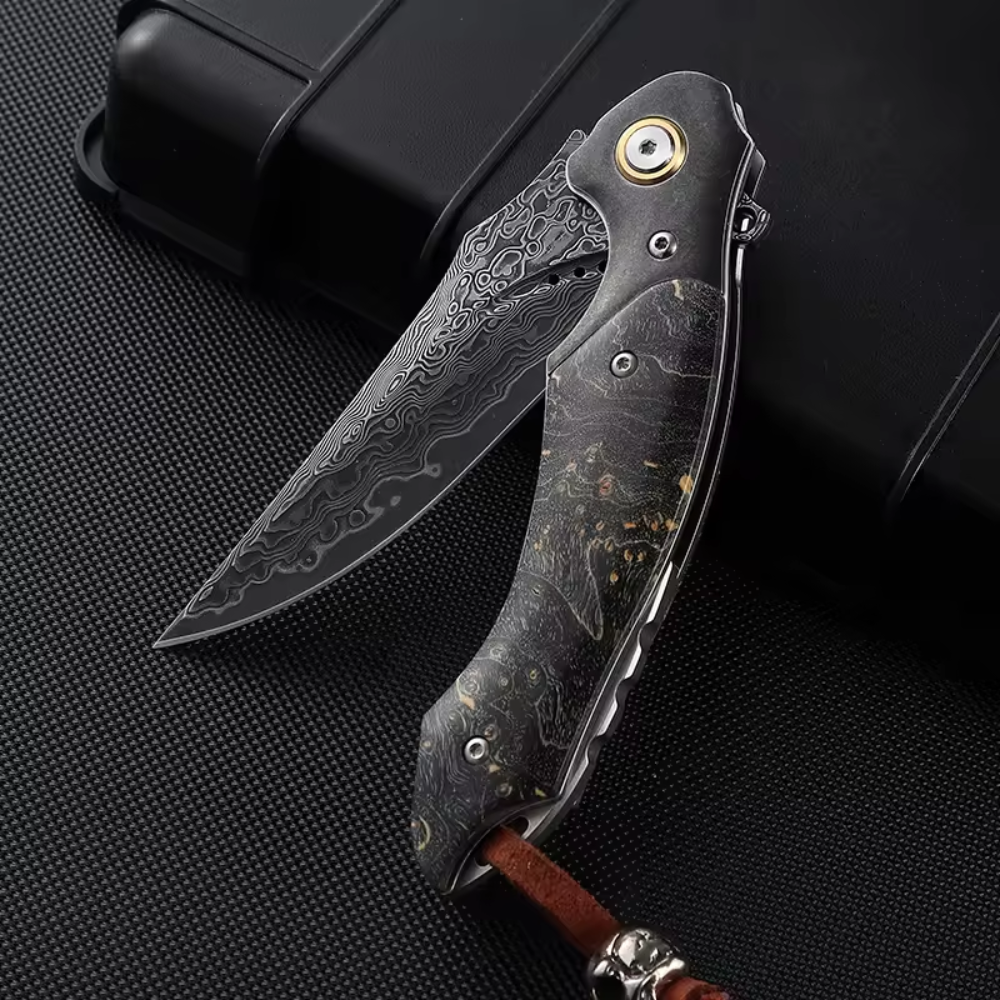


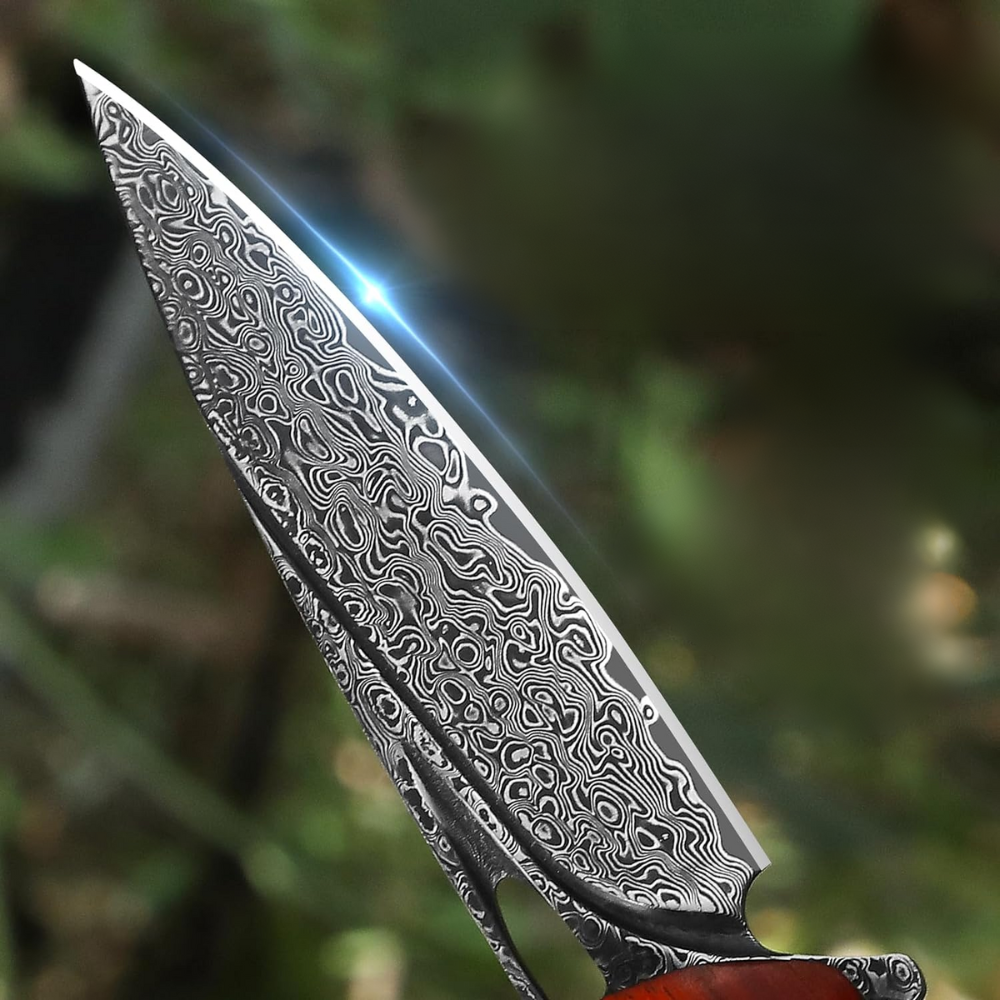








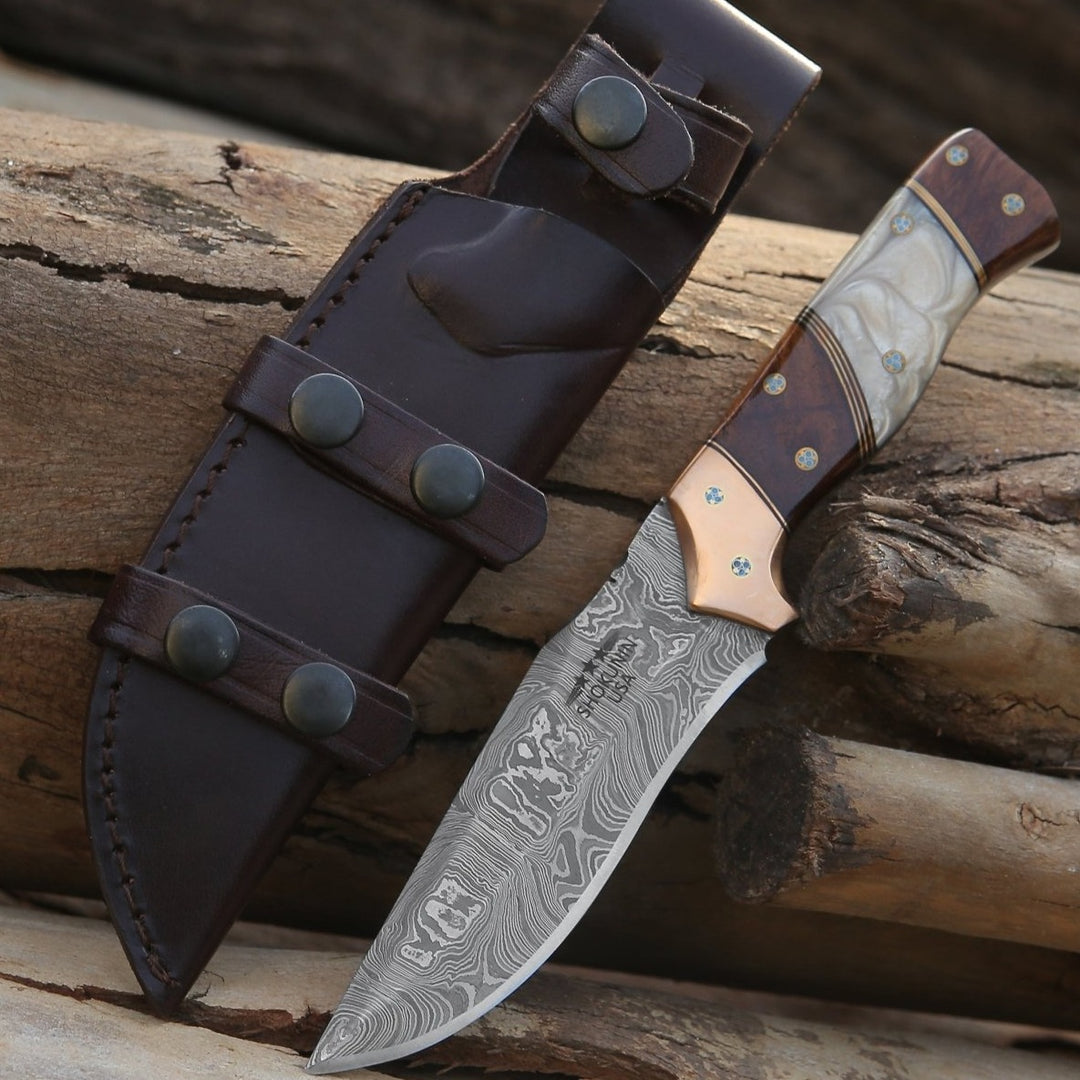
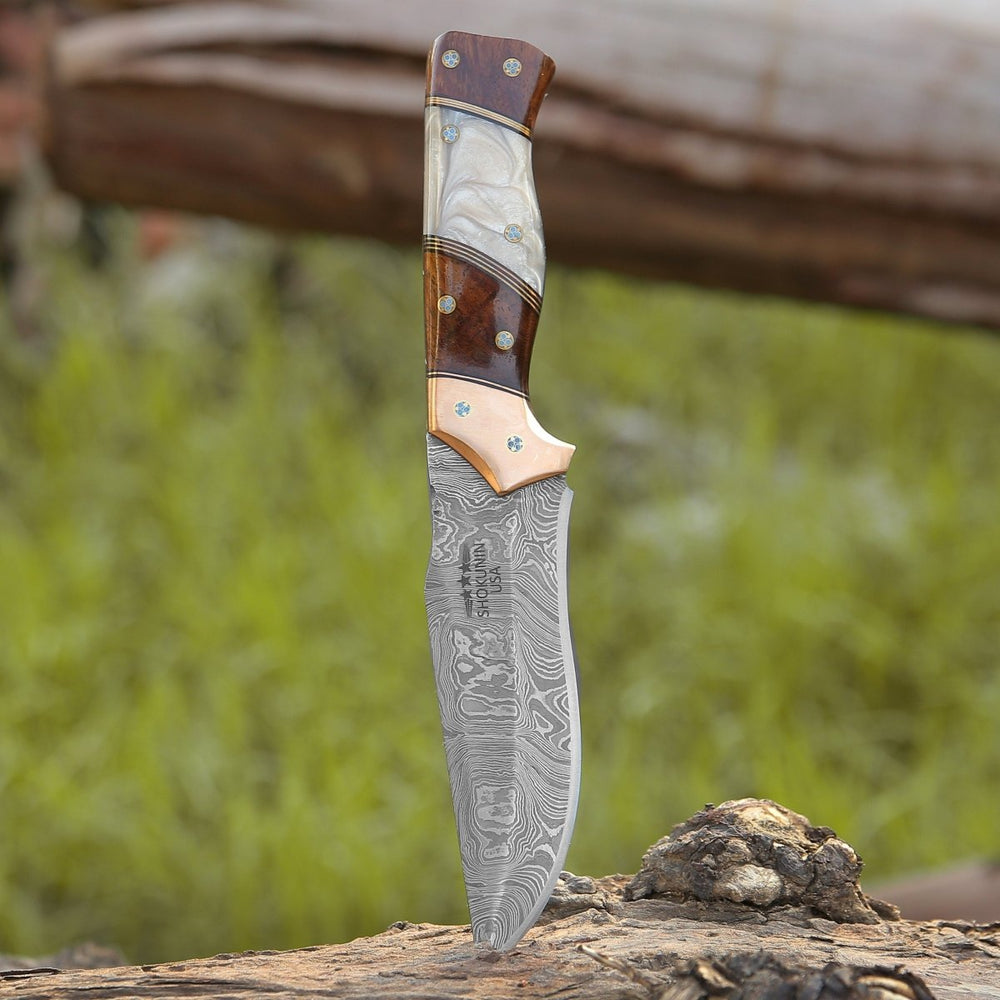


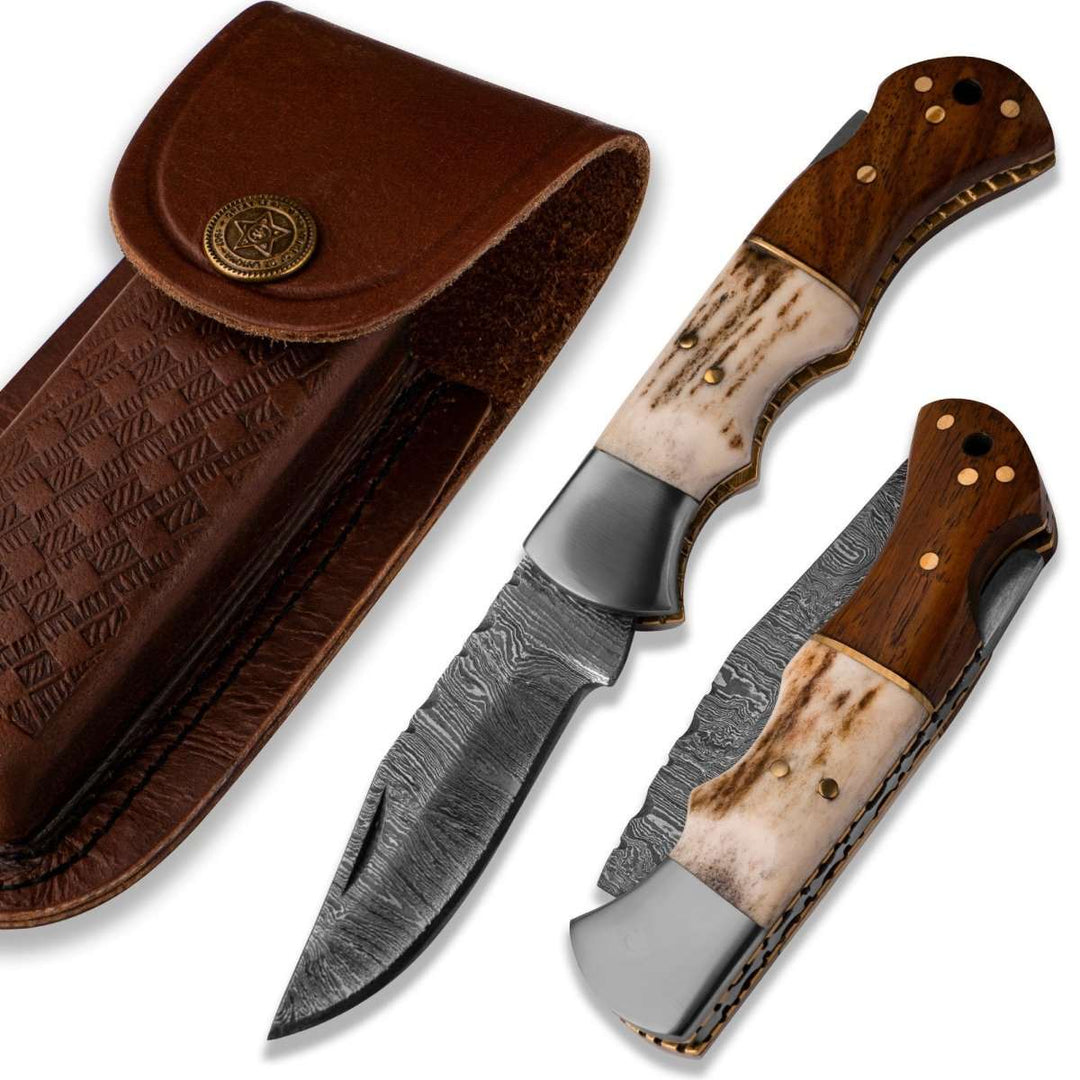





Laissez un commentaire